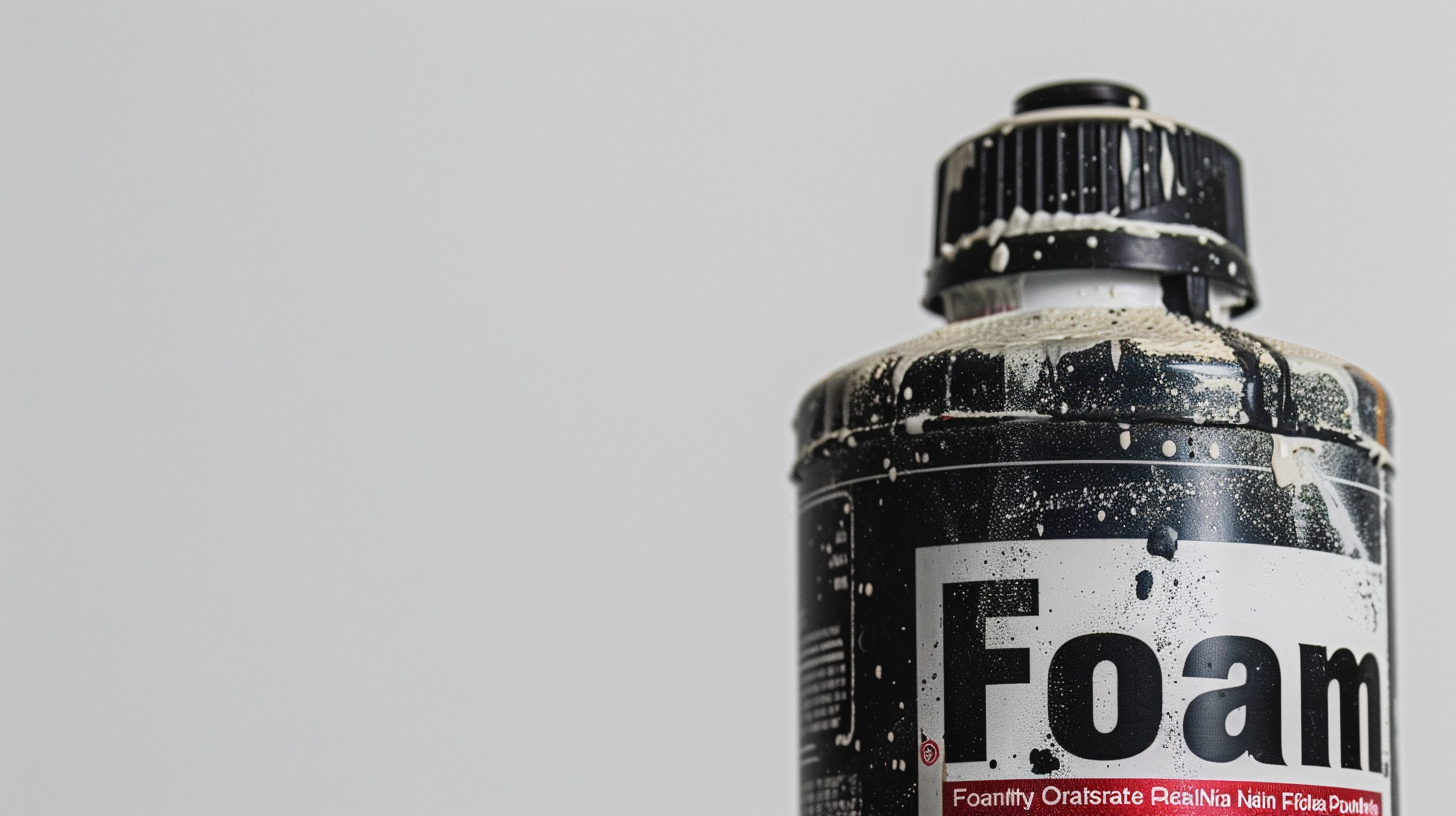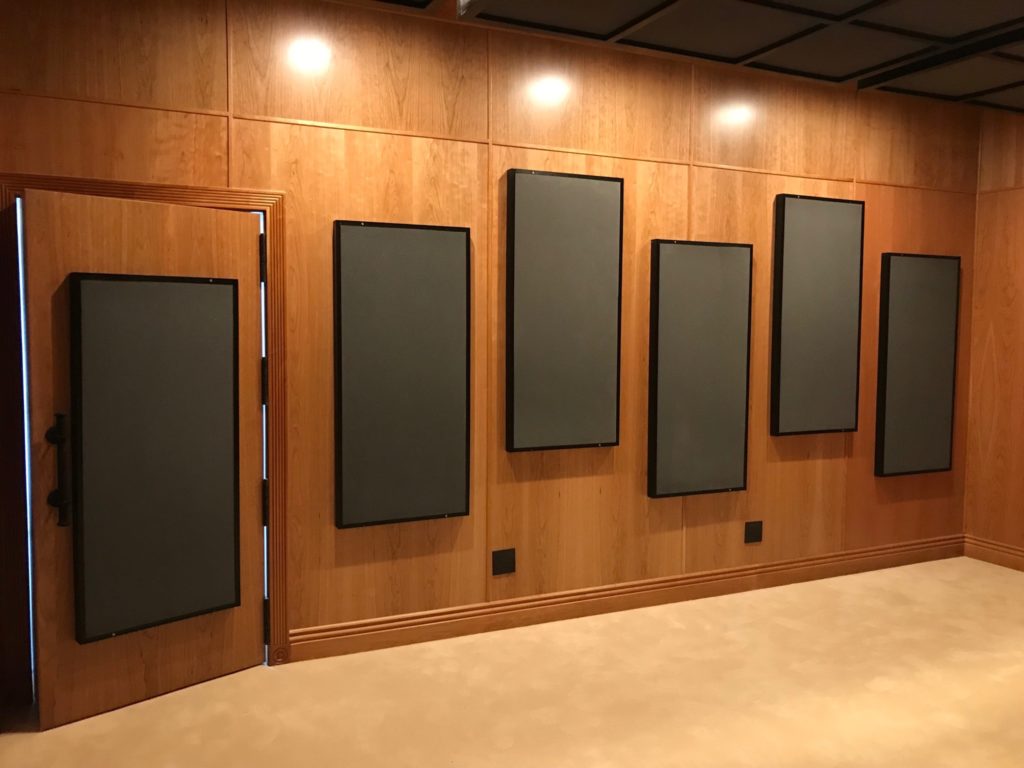
Table of Contents
Understanding Acoustic Foam Glue: The Basics and Misconceptions
The search term acoustic foam glue implies that there is a special glue for acoustic foam. The technical name for acoustic foam is open celled foam which differs from closed cell foam. Open celled foam is used for middle and high frequency absorption in acoustics. Closed cell foam is used for support such as a seat cushion in your car.
The search term acoustic foam glue implies that a sound absorption foam should be glued to a particular surface area. Acoustic foam glue would imply an adhesive is the correct way to attach open celled foam to a particular surface area. Attaching foam to a surface area may diminish the overall performance of the particular foam selected.
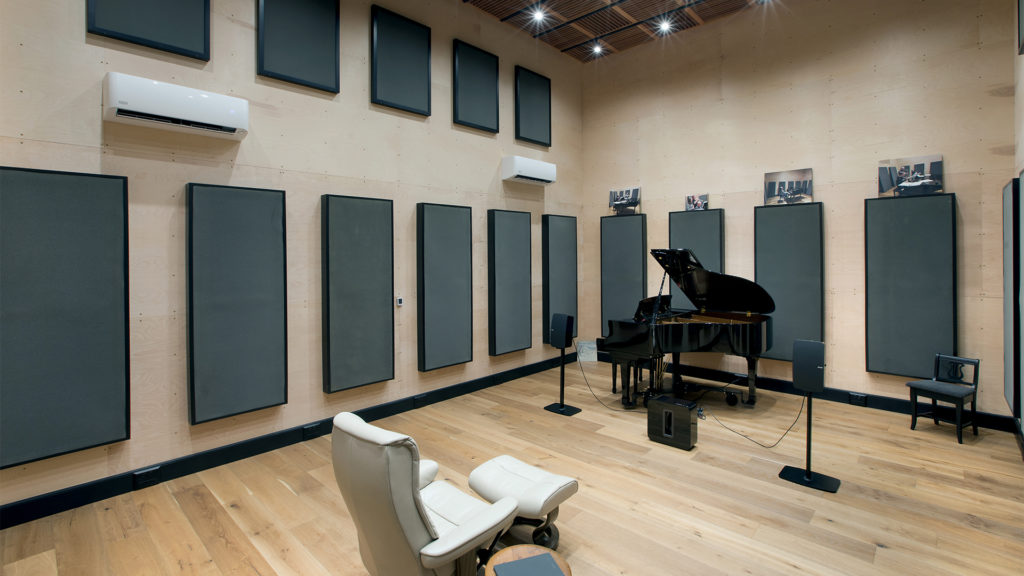
The Importance of Material Compatibility in Using Acoustic Foam Glue
In a strict interpretation of the search term acoustic foam glue you must examine both surface areas that you are working with. Acoustic foam can be made from many different material types. You must examine the composition of the foam and the surface area you are considering attaching the foam to whether you are considering any type of acoustic foam glue, you must examine the surface areas and the material composition of the foam and the surface area.
Any adhesive has properties that must match both the foam surface area and the wall surface area. The adhesive must be chemically friendly to both surfaces. This is chemistry and you must consider the chemistry of both surface areas. Adhesives are strictly dependent on the two material’s composition.
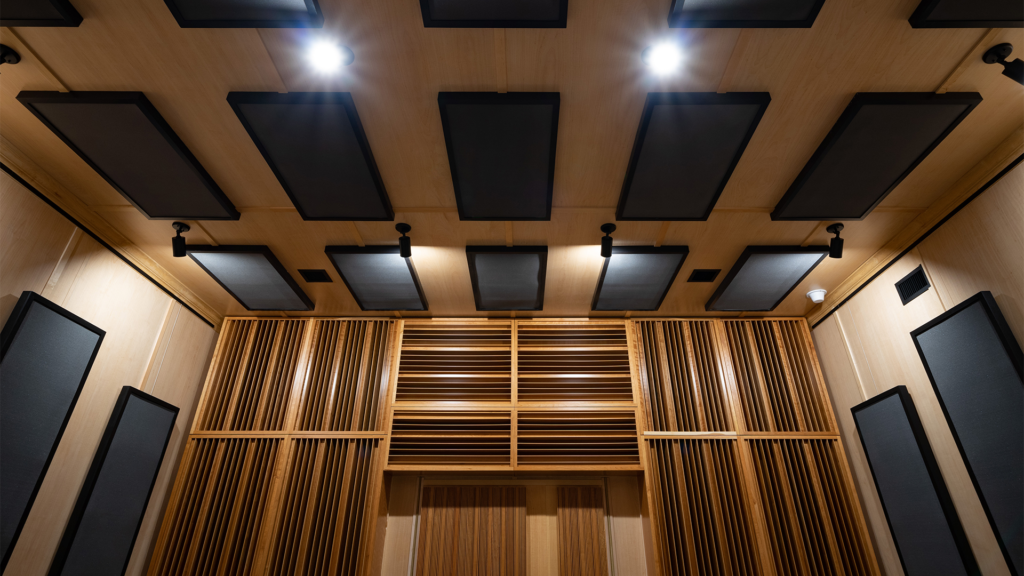
Optimizing Room Acoustics: Why Surface Area Coverage Matters
When you are working with sound absorption technologies, especially in the middle and high frequencies, it is all about air movement across the surface areas. When you are treating rooms for the reflections from wall surfaces, you are concerned with covering enough surface area with the sound absorption technology.
Since absorption is the process, we need to cover enough surface area with the proper rate and level of absorption across that surface area. We need to cover enough surface area so that we can have the sound energy move across the surface area to have the proper rate and level of absorption to occur.
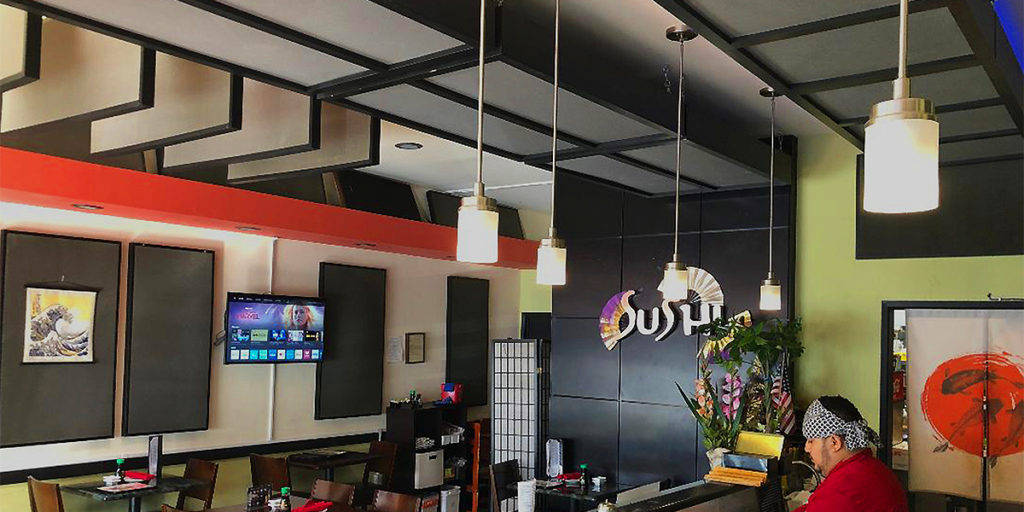
Managing Reverberation with Effective Sound Absorption Strategies
Reflections from our wall surfaces produce what we call reverberation. Reverberation is defined as how long a sound stays around within a room after it has been sung, spoken, or played. It is a measure of a decay rate over 30 and 60 seconds. It is a measure of how long a sound stays around within a room after it has been issued into the room.
Lower frequency pressure waves are much different than middle and high frequency energy reflections. Open celled foam deals with the reflections from wall surfaces. We need both surfaces, the front and back of the foam working to absorb the reflections that occur from the wall surfaces and the ceiling.
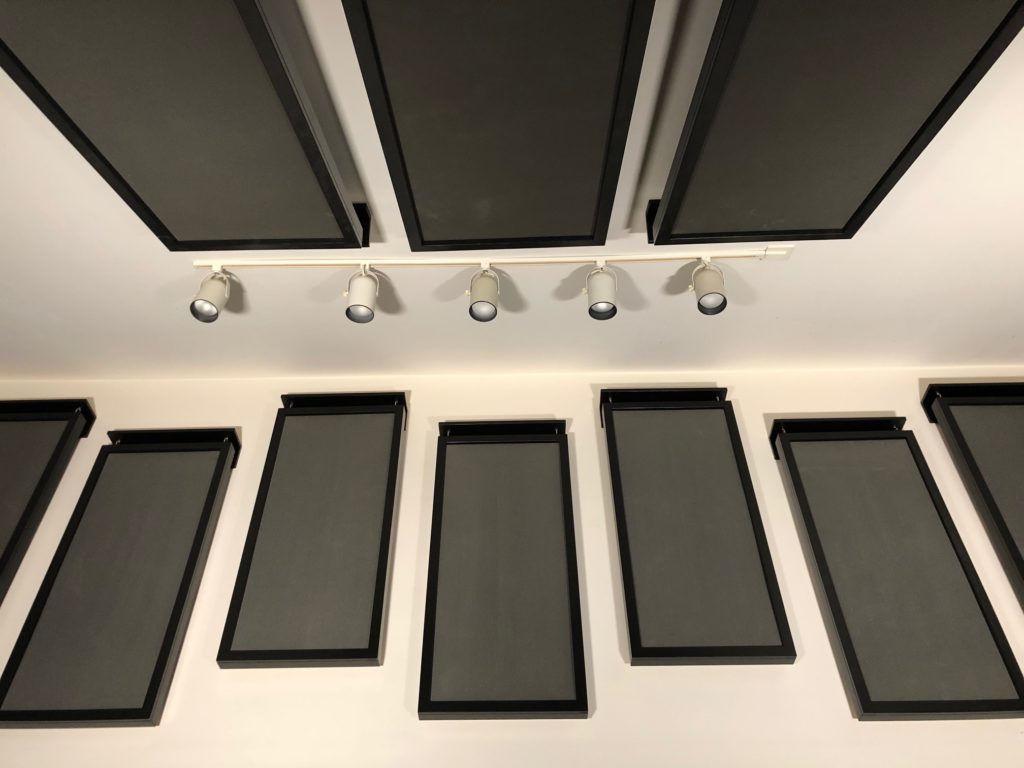
Maximizing Acoustic Foam Efficiency: Avoiding Adhesives for Better Sound Quality
When you are treating reflections from the walls and ceiling we need to cover a certain percentage of each of the offending surface areas. The coverage required is determined by the usage of the room, how many sound sources there are in the room, how loud the source is, along with a host of other variables. When we are treating most surface areas, the goal is to have enough surface area coverage with the proper rate and level of absorption to treat the frequency and amplitude of the sound sources within the room.
The best methodology is to use both surface areas of any sound absorption technology used for middle and high frequencies. Stay away from acoustic foam glue and use both sides of the open celled foam for maximum effectiveness. At Acoustic Fields we have spent 8 years developing the smoothest rate and level of absorption of any open celled foam.


